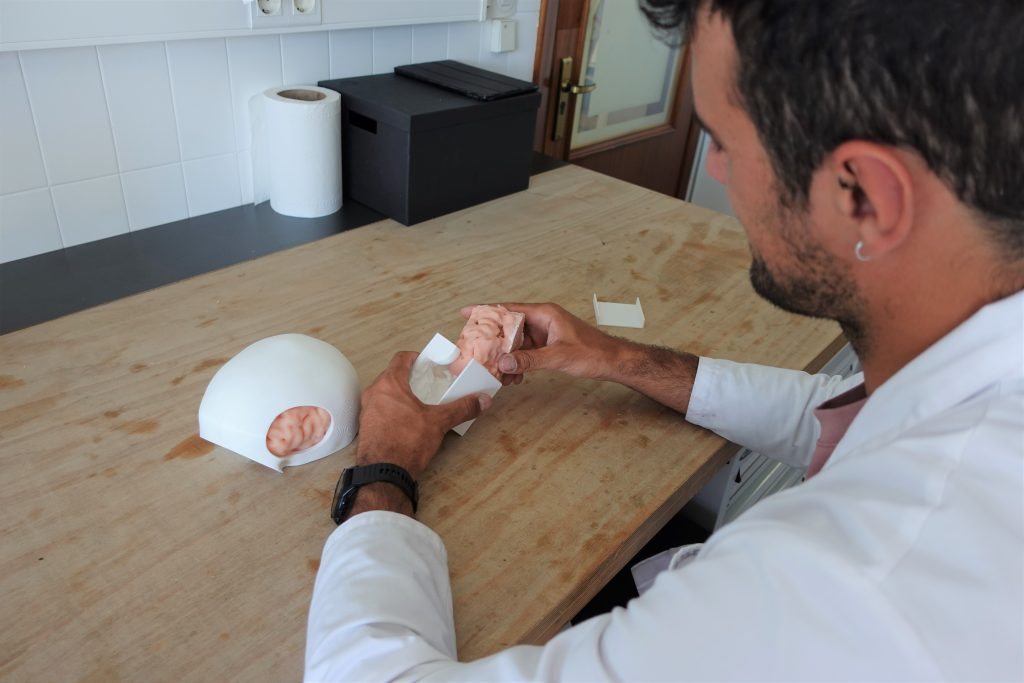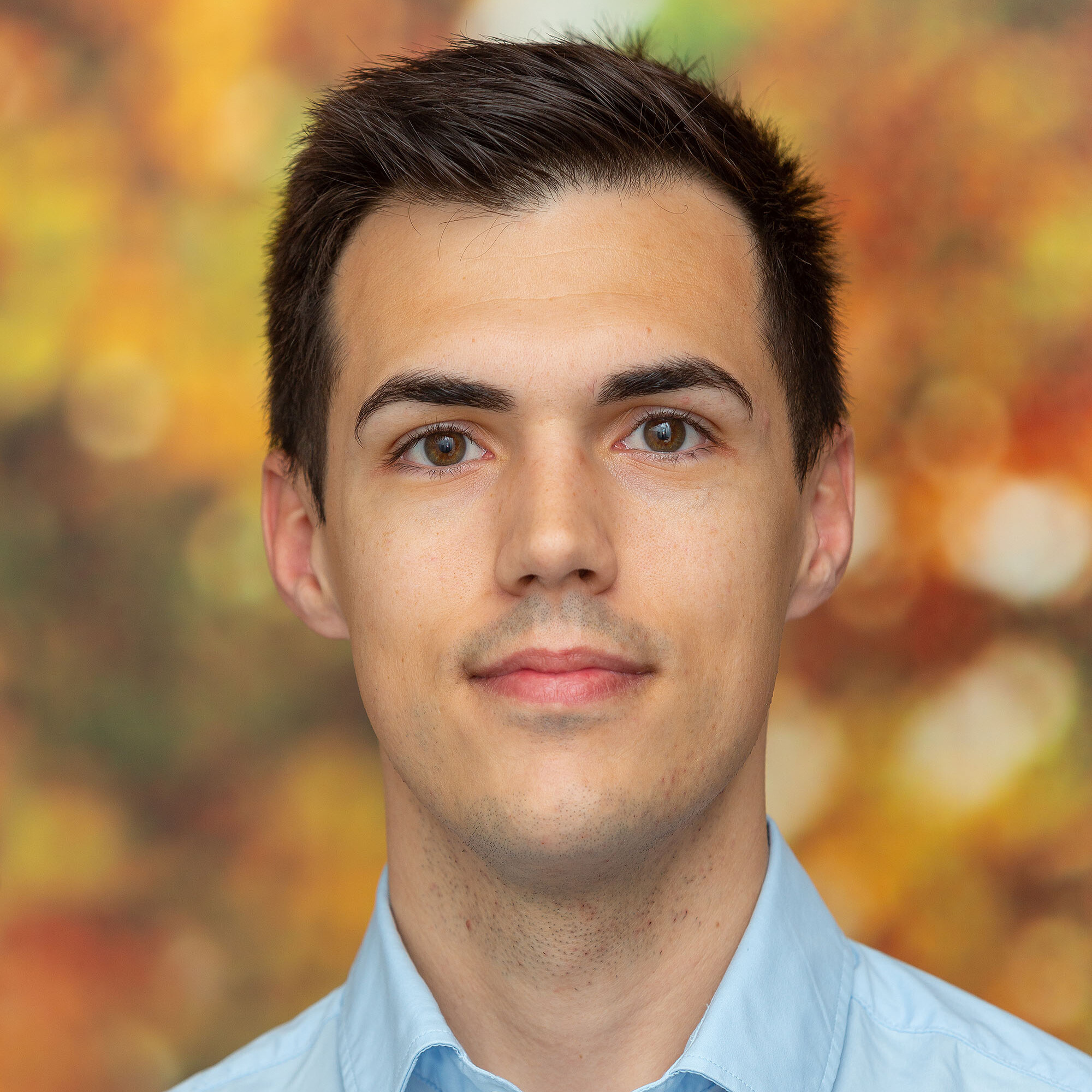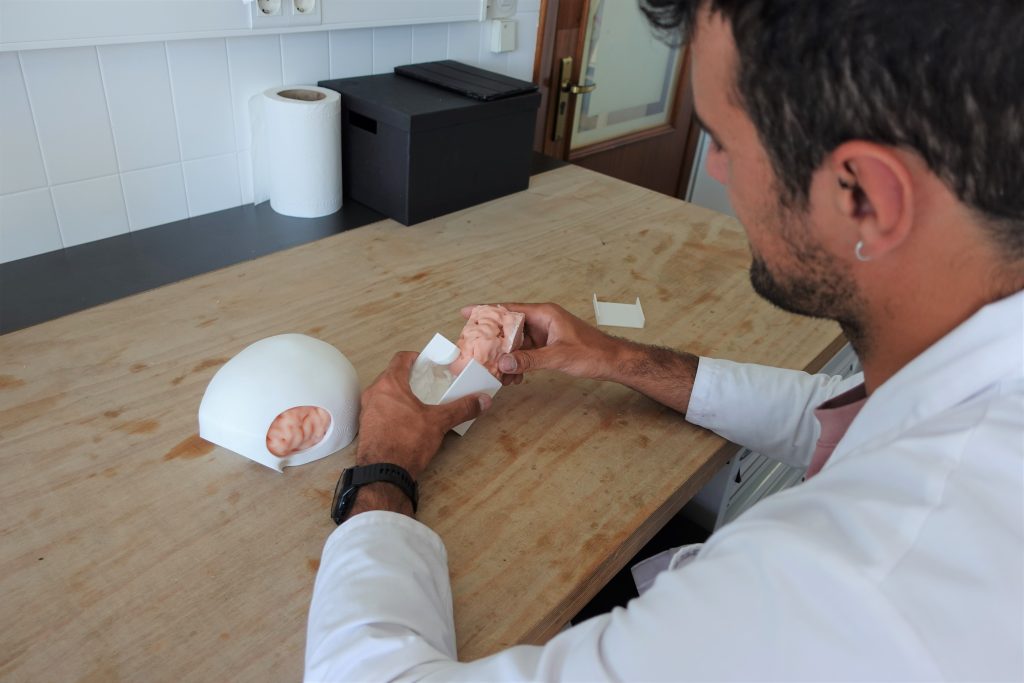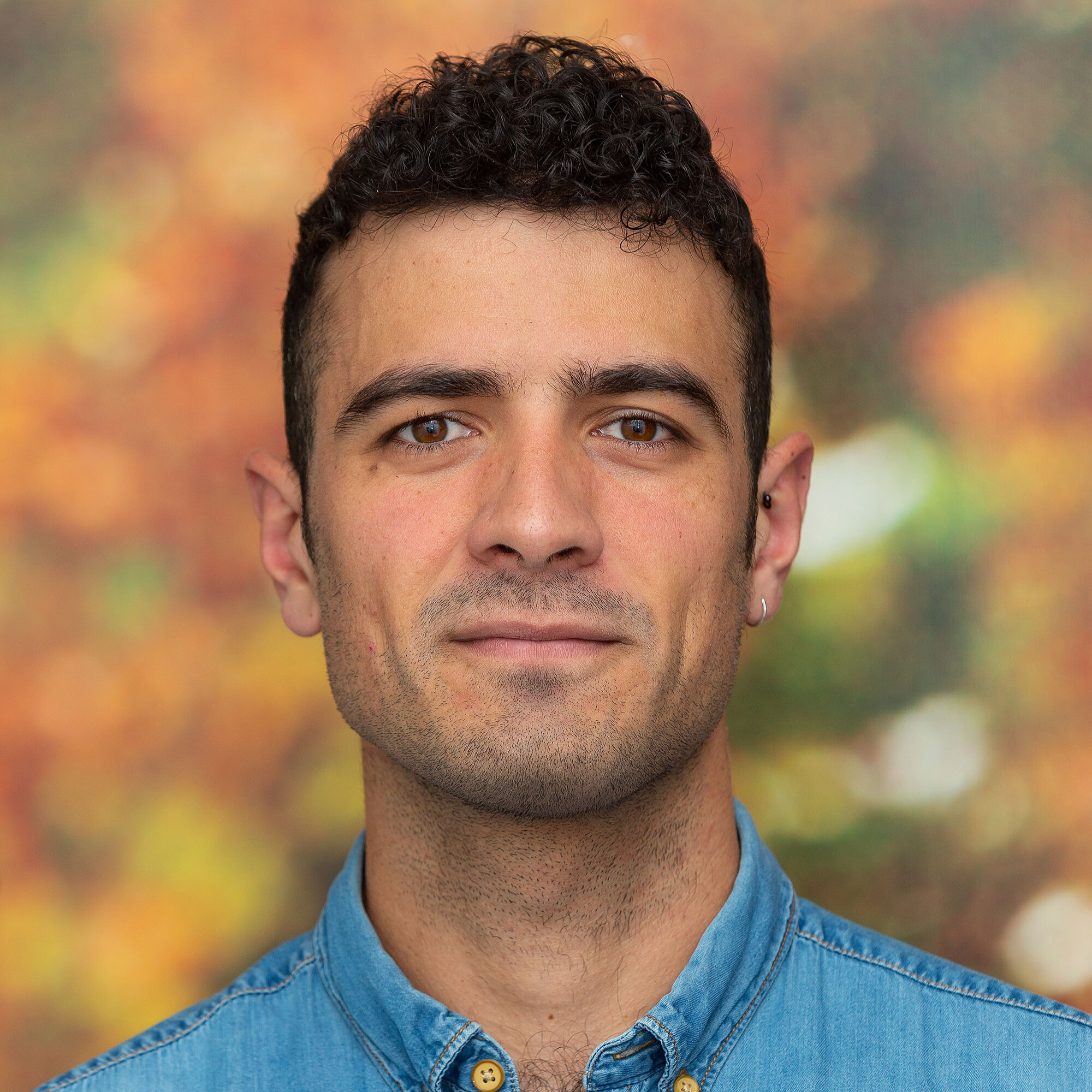A medical engineering laboratory at the service of the Simulation Centre to solve problems and find solutions that can be implemented and used.
The School of Medicine of the University of Navarra has a pioneering Medical Engineering Laboratory (LabIM). Created in 2015, its objective is to provide engineering solutions to the healthcare environment through the close collaboration that exists between the different departments of the Faculty, the Clínica Universidad de Navarra (CUN), the Center for Applied Medical Research (CIMA) and the School of Engineering (Tecnun).
And this is the main source of value of LabIM, the close contact with different institutions of the University and the environment. This ecosystem in which we find ourselves allows us to have access to the problems and experience them to understand them in the environment where they occur, working closely with the people who deal with them providing quick feedback.
LabIM has 3 lines of work: medical simulation, quantification of physiological variables and 3D printing.
Each of them can be framed in research, teaching or service.

Focusing on medical simulation, LabIM focuses its efforts on solving real problems, and although it has a research part, the main objective is to solve problems and that the solutions are implemented and used. These problems or needs come to us in different ways.
The first is from the staff of the Simulation Center (CSM). We form an excellent team with them and we have constant communication. In this way, they can pass on to us the needs of the teachers or of themselves. Another way is for the teachers or clinicians of the clinic to contact us directly. And finally, we try to attend to the different activities that are developed in the CSM to identify possible points of improvement from our engineering perspective.
Once we have the need, we analyze it in depth: is what you are looking for really what you need, and although it may not seem obvious, is it really necessary, is there already a commercial solution that covers that need, and are we able to cover it? These questions will determine whether we get involved and start a new project.
We start by assigning a responsible person within the laboratory and assigning an ID code to track all documentation and material generated. We define the characteristics and requirements of the solution we are looking for and define a timeline. In the lab we work in an open environment so that all members ask the questions they deem necessary to contribute their point of view. It is common for several lab members to participate in the same project because we all have access to all the project files and the task list. Our proximity allows us to transfer our progress and receive quick feedback to optimize time and resources.
Once we have a final approved proposal we work on its validation and implementation. In addition, we try to get a return in terms of research by making a publication or taking it as a communication or poster to a congress. Finally we close the project, and this is important because it allows us to start new ones, even if they are improvements of the previous one.

This is how the members of the Interactive Surgery Conference for Students (JOICE) contacted us and told us about their idea of performing the removal of an ependymoma as one of their workshops. We analyzed what they really needed, what was necessary, if there were commercial solutions and if we were able to carry it out. With all this we determined what we could handle and assigned the responsible person within the laboratory together with a project ID. Together with the physicians we defined the requirements and prepared the timeline. Let’s get to work!
We started brainstorming ideas within the lab and came up with the first tests that we uploaded to the clinic for testing. With the feedback, we proposed the next tests and moved forward with the design of the simulator. In a few months we had the first models to test in order to define the final one. Once we decided on the final model, we generated a manufacturing protocol and the necessary material. We instructed the members of the congress organization to follow the protocol and know how to use the material. That was the end of our work and we closed the project. On to the next one!
READ ALSO













































